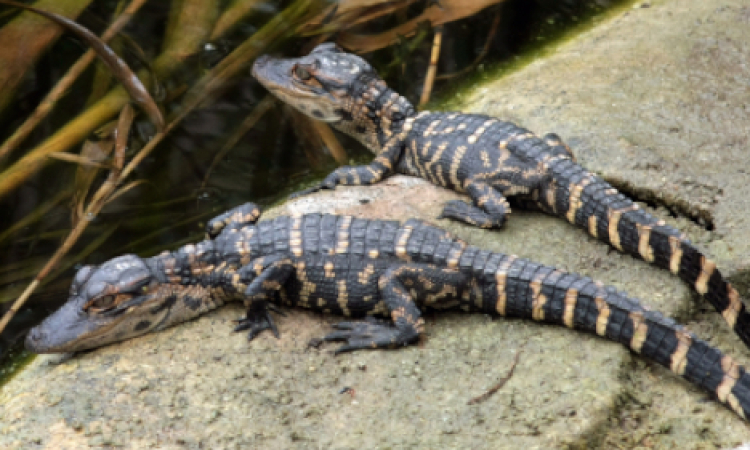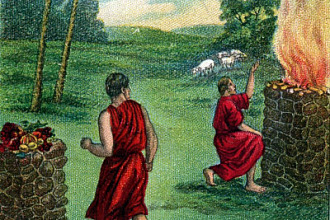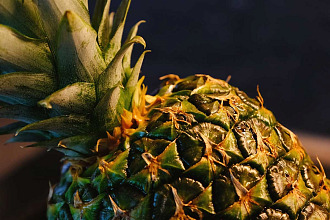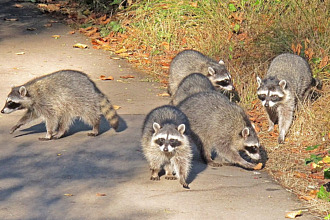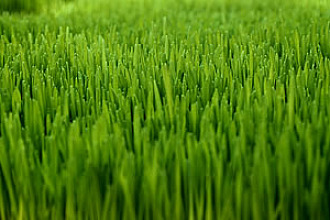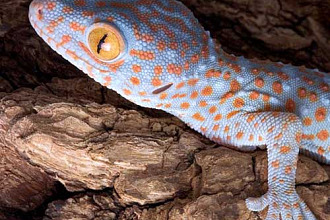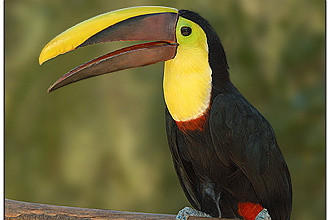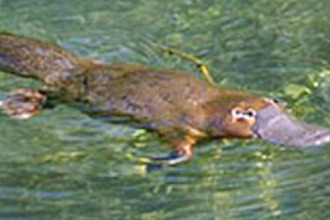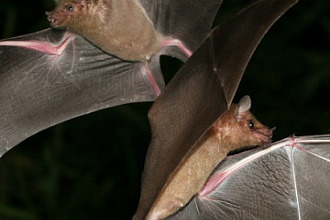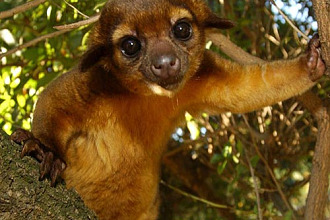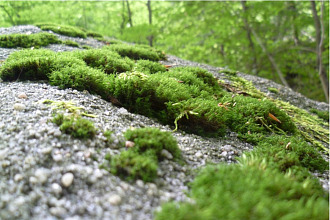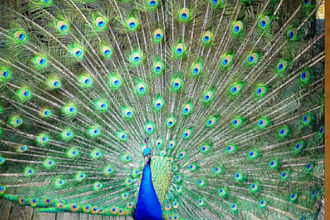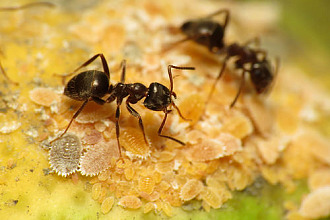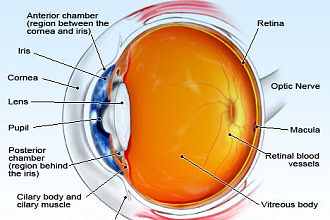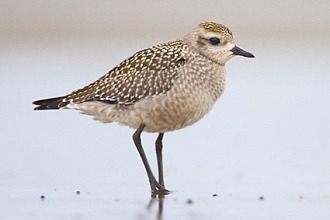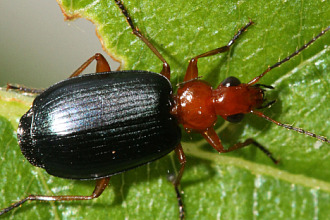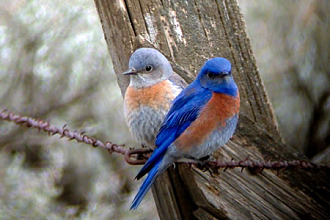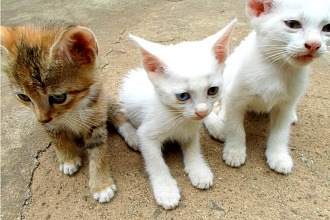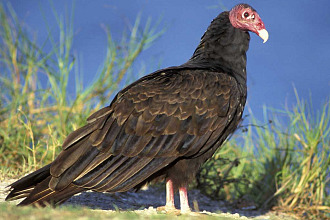It's not by accident that even a mother alligator gives her babies watchful care during the first two years of their lives.
Her eggs are laid, and the tiny young grow in a nest made up of sticks, mud and vegetation that's ideal since the heat generated as the material rots keeps the eggs warm during incuba¬tion. (That nest was constructed by the mother alligator with her back feet, by the way.) Somehow, those babies in the egg know when it is time to throw off their rotting covers and come out. But they can't do it alone. So the hatchlings have been created with the ability to make high-pitched, grunting noises to alert their mother—who has kept a watchful eye on the nest during the 65 days since the eggs were laid. (Alligator eggs are on the menu of raccoons and many other creatures. But they'll never get near while "mamma" is around.) Those noises the babies make while still in the egg indicate clearly that the skilled programming by their Creator is not by accident. Mother alligator responds, uncovers the eggs, and helps her babies come out.
But her care doesn't end there. After they have hatched the mother seems to understand their need to get to water as well as their need for protection. So, not by accident, alligator babies have been observed being carried in their mother's mouth. She will continue to care for her young for two years if they choose to stay nearby. It's a wise choice if they do—since a mother alligator is a fierce family defender!
The alligator is a formidable predator. Adults have 3,000 pounds per inch crushing power in their jaws, and are rarely attacked by creatures other than humans. But alligators also make a significant contribution to their wetlands home. During times of drought, the alligator digs out what is termed "gator holes." Like emergency water reservoirs, these not only meet the alligator's needs, but sustain other wildlife as well.
Since they are night hunters, alligators were created with a double chance to see in dim light. It's not by accident they were given mirror-like reflectors behind their retinas, rather than a dark cell surface as in our human eye. That means their eyes see an object twice in low lighting. They see it as the image comes in and again as it goes out. Cats and other creatures have the same reflector gift—called the "tapetum." We say these creatures have eyeshine! By the way, the eyes of a deer or cat reflect back a yellow or greenish light when caught in a car's headlights at night. But due to more reddish pigment, the alligator's eyes reflect back a reddish light. That tone may be most effective for the dim light of underwater hunting—we aren't certain. But when the Creator returns we'll be able to ask Him all sorts of "Why?" questions since He designed the eyesight of His creatures, and we know He does nothing by accident. He's a loving parent and will soon answer everything that puzzle us now about creation and life in general! Hard to wait, isn't it?
"NOT BY ACCIDENT" (c) Juanita Kretschmar is used by permission and was first published in the book "Not By Accident" page 31.
Picture originally found here

